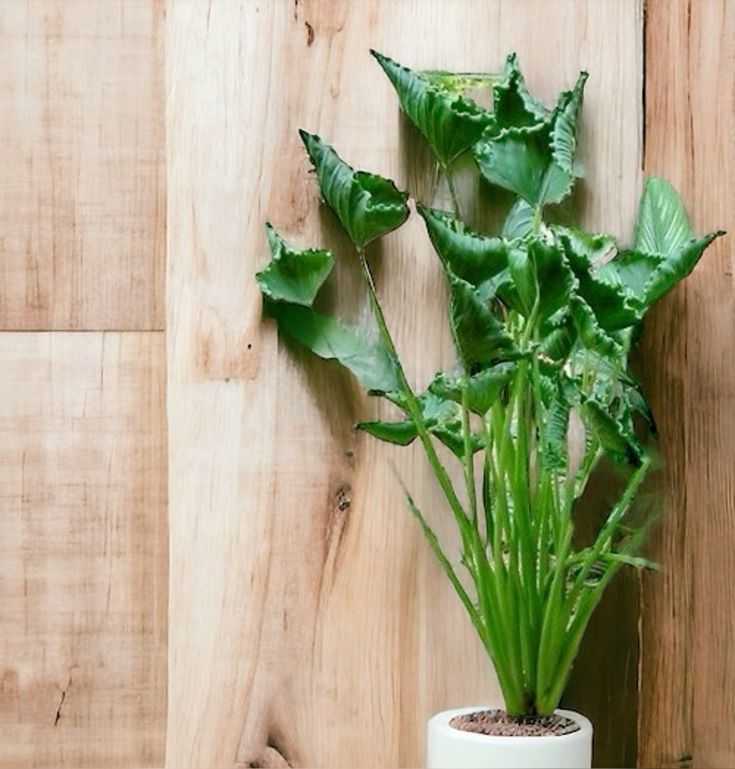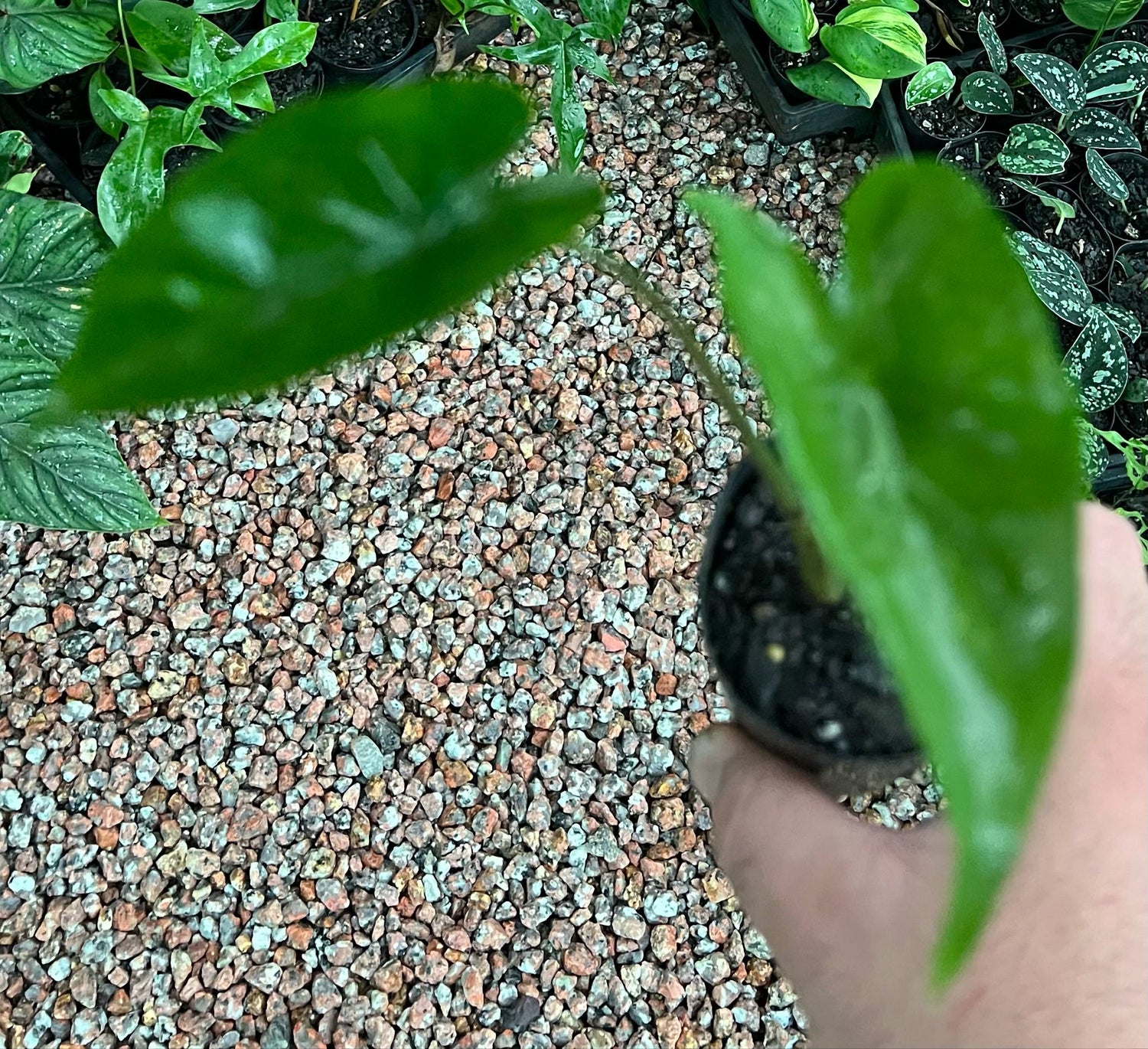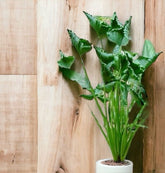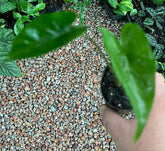Alocasia 'Shock Treatment' 75mm Pot
- Regular price
-
$25.00 - Regular price
-
- Sale price
-
$25.00
-
Hurry, only 1 item left in stock!
Couldn't load pickup availability
Shipping information
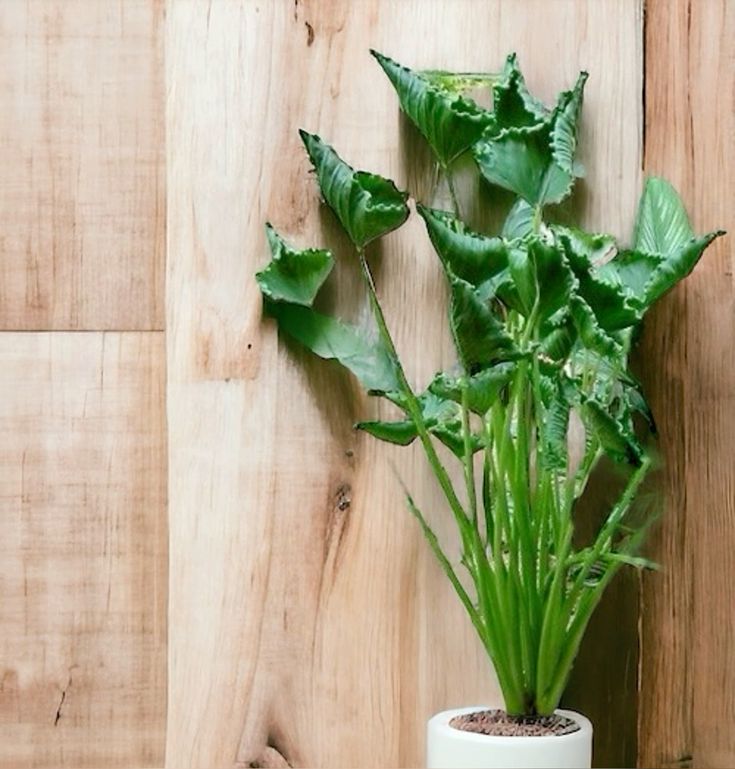
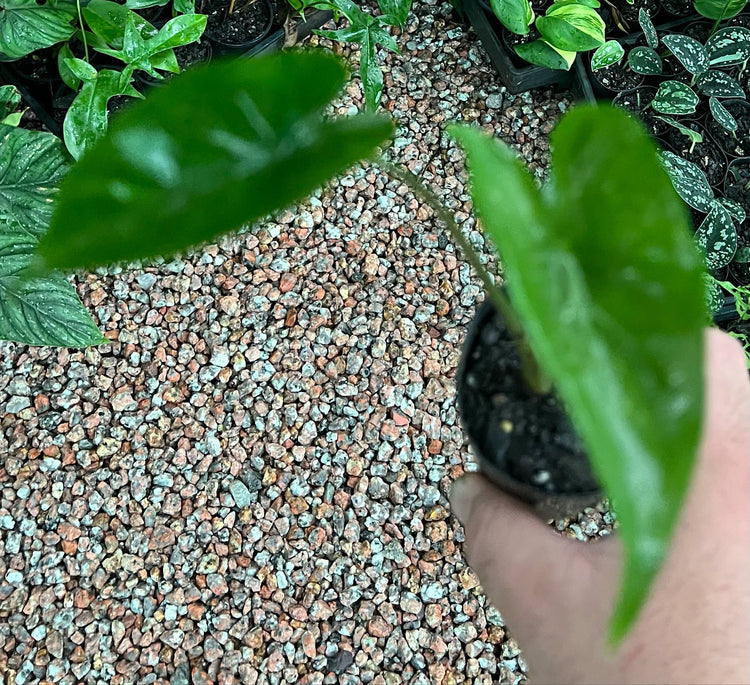
Product Details
Welcome to Plant&Leaf and our range of family grown plants. The first photo serves as a representative display, showcasing the beauty of a mature plant. The second photo provides a sample of a single plant from the current batch available. Please note the Pot size displayed on the heading of each product.
All of our plants are grown outdoors in nature and are exposed to the natural elements. Sometimes this means a leaf could have been chewed here and there or have a blemish or two – but we do our best to send the best plants we can on every order.
Welcome to Plant&Leaf and our range of family grown plants. The first photo serves as a representative display, showcasing the beauty of a mature plant. The second photo provides a sample of a single plant from the current batch available. Please note the Pot size displayed on the heading of each product.
All of our plants are grown outdoors in nature and are exposed to the natural elements. Sometimes this means a leaf could have been chewed here and there or have a blemish or two – but we do our best to send the best plants we can on every order.
Growing Alocasia, also known as Elephant Ear or African Mask plant, can be a rewarding experience, given its stunning foliage and exotic appearance. Here's a guide to help you successfully grow Alocasia:
-
Light: Alocasia plants thrive in bright, indirect light. Avoid direct sunlight, as it can scorch the leaves. Place your Alocasia near a window where it can receive plenty of bright, filtered light.
-
Temperature: Alocasia prefer warm temperatures between 18°C to 27°C. Protect it from drafts and temperature extremes. It's important to keep it warm and avoid sudden drops in temperature.
-
Humidity: Alocasia plants love high humidity. If the air in your home is dry, consider using a humidifier to increase humidity levels around the plant. Alternatively, you can mist the leaves regularly or place a humidity tray filled with water and pebbles beneath the pot.
-
Watering: Keep the soil evenly moist but not waterlogged. Water your Alocasia when the top few centimetres of soil feels dry to the touch. Ensure that excess water can drain away freely from the pot to prevent root rot. Reduce watering frequency during the winter months when growth slows down.
-
Soil: Plant your Alocasia in a well-draining, aerated potting mix. A mixture of peat moss, perlite, and orchid bark works well. Ensure the pot has drainage holes at the bottom to allow excess water to escape.
-
Fertilizing: Feed your Alocasia with a balanced liquid fertilizer diluted to half strength every 4-6 weeks during the growing season (spring and summer). Reduce or cease fertilization during the winter months when growth slows down.
-
Potting: Repot your Alocasia plant every 1-2 years or when it outgrows its current pot. Choose a pot that is only slightly larger than the current one to prevent overpotting.
-
Pruning: Remove any yellow or dead leaves as they appear. Regularly prune your Alocasia to encourage bushy growth and remove any damaged or unsightly foliage.
-
Pests and Diseases: Keep an eye out for common houseplant pests such as aphids, spider mites, and scale insects. Wipe down the leaves with a damp cloth regularly to remove dust and discourage pests. Treat any infestations promptly with insecticidal soap or neem oil.

